Review for Blood Money: Four Western Classics Vol. 2
Introduction
I’m taking a look back at my reviews, and it becomes clear that I was either not in the mood, or I just didn’t have time in my review schedule for Spaghetti Westerns in July 2021, which is when Arrow Video released Vengeance Trails: Four Classic Westerns Volume 1, comprising 4 classic Spaghetti Westerns, Massacre Time, My Name is Pecos, Bandidos and also And God Said To Cain, but now, almost two years later, Arrow Video are releasing this follow up collection, Blood Money: Four Classic Westerns Volume 2, and I find that I’m hankering for some extreme close-ups in southern Europe, accompanied by trumpet soloists, wayward flies, and some preternaturally talented shootists. This collection is about the bounty killers, but if there’s no ‘Vengeance’ involved, I’ll eat my shoe. Arrow Video bring together $10,000 Blood Money, Vengeance is Mine (my shoes are safe!), Find a Place to Die, and Matalo! (Kill Him) across four Blu-ray discs with copious extra features. Let’s begin with $10,000 Blood Money a.k.a. $10,000 For a Massacre, the unofficial sequel to Django.
Introduction: $10,000 Blood Money
Django is a bounty hunter who is motivated by greed and greed alone. It’s such that he rides past a wanted man because the reward is too low, and he’s waiting until its worth his while. That particular man, Manuel Vasquez is well on his way to getting onto Django’s radar when he raids the home of Mendoza, the man responsible for his last few years in prison, looking to avenge himself on his young daughter Dolores. The body count he leaves behind sets the reward on Manuel’s wanted poster rising upward, but when Mendoza goes to Django for help, offering to top up the reward, it still doesn’t reach Django’s sweet spot. But when a couple of Manuel’s gang pre-emptively ambush Django, it gets personal.
The Disc: $10,000 Blood Money
The film gets a 2.35:1 widescreen 1080p transfer, and on inserting the disc, you can choose between the Italian and the English versions (with each version getting the appropriate language credit sequences). The audio options are PCM 1.0 Italian and English, with optional translated subtitles and SDH subtitles for the appropriate versions, all locked during playback. The image is clear and sharp, stable throughout and with rich, consistent colours. Age is apparent, with a couple of frames where the damage could only be mitigated, not repaired, and there is the occasional soft scene. But the film is still very watchable, and the transfer is of a high standard. I know this makes me a hypocrite, as I’ve always proclaimed that films should be watched in the original language, and the Italian version is demonstrably better when it comes to dialogue sync and clarity, but I’ve been trained over the years to watch Spaghetti Westerns in poorly dubbed English, and I can’t change now. Volume levels are a tad low, and some of the dialogue can be lost, but I still enjoyed it.
Extras: $10,000 Blood Money
The disc boots to an animated menu, and on the disc you’ll find the following extras.
Commentary by Lee Broughton
A Shaman in the West (10:05)
Tears of Django (21:58)
The Producer Who Didn’t Like Western Movies (14:18)
How The West Was Won (19:21)
Italian Trailer (3:26)
Image Gallery (22 images)
Conclusion: $10,000 Blood Money
It’s a truism that there are no heroes in Spaghetti Westerns, which is something that $10,000 Blood Money conforms to. But you can usually point to winners and losers, yet this film denies us even that. Everyone loses in $10,000 Blood Money, but having said that, it’s still watchable, and it is still entertaining. It’s a tale of obsessions running out of control, and colliding in an orgy of gunfire and bloodshed. But it’s not every film that makes you want to slap some sense into the ostensible protagonist when the end credits roll, and that alone is something that makes this film worth watching.
Django is all about greed. He wants money, as much money as he can get, and he’s willing to speculate on the bounties he collects (dead rather than alive), willing to let murderers go free to kill, so that their rewards go up. That’s his plan for Manuel Vasquez, going as far as brandishing his plan in Manuel’s face over a poker game. That’s enough for Manuel’s minions to get worried and they ambush Django. It’s when he’s sheltering with saloon owner Mijanou, healing from his wounds, that she offers him a way out. She disapproves of his profession, tired of seeing blood on his hands, and she’s selling up and moving out, asking him to go with her. He’s just about ready to do that, and then the reward on Manuel touches $10,000...
Manuel’s obsession is his bloodlust. He spent time in prison because of a man named Mendoza, and now he wants revenge. He wants to hurt Mendoza, taking his daughter Dolores, and killing everything else in his path. But now, his first instinct when challenged is to kill, something that keeps the digits on his wanted poster climbing, and making Django ever more determined to catch him. That collision course is inevitable, but both men do see the absurdity of the situation, and even find enough of a common ground to see a profitable way out for them both.
Alas, both men turn out to be slaves to their obsessions, and there is no happy ending to be had here, just the catharsis of being the last man standing. I make this film sound like it’s a dark, brooding depress-fest, but there is more than enough sprightly joy to be had on its descent into hell to more than hold the attention.
8/10
Introduction: Vengeance is Mine
The American Civil War tore families apart, but no war was necessary for these two brothers to despise each other. Johnny Forest is a bounty hunter who is cool as a cucumber with the way he deals with his targets. But there is one wanted man who gets his blood boiling, his estranged brother Clint. Jealousy tore the family apart; to the degree that Clint murdered their father and framed John for it. Having served time, John got out and rebuilt his life, but when he learns that their mother has died, and her last wish was for John to forgive Clint and to bring him home, he has to find Clint. But Clint is still a wanted man, wanted even more now that he’s stolen a Confederate payroll and double-crossed his gang in the process. Johnny will have to do something he’s never done before... bring in a wanted man, alive.
The Disc: Vengeance is Mine
Vengeance is Mine gets a 2.35:1 widescreen 1080p transfer and you have the choice between PCM 1.0 Mono Italian and English, with optional translated English subtitles and SDH subtitles for the appropriate tracks, locked during playback. The film starts with a disclaimer that there is an inescapable pitch difference between the two versions (The English is higher pitched), but you’ll only notice that with the music, and then if you’re actively looking to compare. The image is clear and sharp, detail levels are excellent, although the colours do seem a little muted, and the print, while stable, does have the occasional fleck of dirt, the odd scratch, and one noticeable hair in the shutter in one scene. You still get the obligatory extreme close-ups and grand vistas, and the music soundtrack is just as you would expect and hope for.
Extras: Vengeance is Mine
The disc boots to an animated menu and you’ll find the following extras.
Commentary by Adrian J. Smith and David Flint
Crime and Punishment (13:05)
Cain and Abel (25:03)
In Conversation with Nora Orlandi (15:34)
Movie After Movie (16:42)
Italian Trailer (3:14)
Image Gallery (23 images)
Conclusion: Vengeance is Mine
You have two films, this and $10,000 Blood Money both made in the same year, with many of the same actors, by the same production team, and seemingly on the same sets and locations. The stories might be different, but the feelings invoked by the films are exactly the same for both, with the main characters going down the same rabbit-hole of futility in both films. There’s nothing wrong with that taking each film as separate, but watching them back to back, in this boxset form, I felt that I had wasted my time with Vengeance Is Mine. That might be unfair to the film, but I am reviewing the boxset experience.
There are differences to be sure. This isn’t so much a movie about obsession. Indeed the protagonist here fights against his instincts to instead do the right thing. And you have that curious dynamic about family feuds. John and Clint actively hate each other, but there are moments of love too, they both look out for each other on occasion, and like all good dysfunctional families, they’ll turn on any external threat with a rock solid, if temporary unity.
The civil war setting adds much colour to the story, dealing with the kind of poignancy that The Good, The Bad, and The Ugly would do so well, but Vengeance Is Mine did it two years earlier. The country torn apart by ideology so effectively contrasts the brothers’ sundered relationship that it really adds to the film, as well as adding the plot arc about the stolen Confederate payroll that contrasts with the brothers’ relationship, and ultimately it’s greed again that puts paid to whatever scant hope of reconciliation there is.
Just as in $10,000 Blood Money, Claudio Camaso plays the antagonist, and he really gives good psychopath. And in terms of his looks, his physicality, I was blown away by his resemblance to Gian Maria Volonte, the actor who played the antagonists in A Fistful of Dollars and For a Few Dollars More. Thankfully the commentary settled that particular niggle, revealing that Claudio Camaso and Gian Maria Volonte were actually brothers.
In the end however, this is another film where everyone loses. The antagonist is liable to get his comeuppance in any self-respecting Western, Spaghetti or otherwise, but this is the second film in this boxset where the protagonist doesn’t win either. In $10,000 Blood Money, there was at least the mitigation that a man obsessed with greed is liable to be blind to meaningful concerns, but here the protagonist actually tries to do the right thing, and is still punished for it. Just two films left at this point, but I really hope someone wins something, or this is going to be a seriously depressing boxset. I also think that watching two, such tonally similar films back to back, doesn’t do Vengeance Is Mine proper justice, as standing alone, or given a good month or two between discs, it might actually be the better film. But hot on the heels of $10,000 Blood Money...
6/10
Introduction: Find a Place to Die
Paul Martin is a geologist from New Orleans, and with his wife Lisa, has travelled to the Sierra Mountains looking for an abandoned gold mine. He should have known better, as everyone wants an abandoned gold mine. The couple manage to fight off an ambush, but an explosion leaves Paul trapped under a beam. Lisa goes to the nearest town for help, but it’s a lawless place, and the only one who even considers helping is a washed up Confederate soldier named Joe Collins. And he’s the kind of ruthless bastard who has a side-line in running guns. But he also knows that only bastards can pull off this rescue mission, as the mountains are the province of Chato and his gang of bandits, and Chato’s only interested in women and gold.
The Disc: Find a Place to Die
Find a Place to Die gets a 1.85:1 widescreen 1080p transfer on this disc, once again with the choice between English and Italian versions of the film, PCM 1.0 Mono English and Italian, with optional English SDH subs and translated subs, locked to the appropriate version. This film was shot on Eastmancolor stock, and that tells in the quality of the image on the disc. It is clear and sharp for the most part, although softer than the first two films in the collection, and colours aren’t as dynamic and vivid, with an overall brownness that is a signature of this film stock. But the print is stable, and free from significant signs of age or print damage. I went with the English again, and was happy enough with the strictly mono experience. The dialogue is clear throughout although the music forges its own path, eschewing the usual Spaghetti Western clichés and motifs.
Extras: Find a Place to Die
The disc boots to an animated menu and you’ll find the following extras.
Audio Commentary with Howard Hughes
Venus and the Cowboys (11:45)
Sons of Leone (18:10)
Traditional Figure (31:17)
Image Gallery (33 images)
Conclusion: Find a Place to Die
Most people will know Jeffrey Hunter from The Searchers, or King of Kings, but for me he will always be the original Captain Pike from the first Star Trek pilot episode (later reworked into The Menagerie two part episode). I have to admit that was the biggest draw to this boxset, the novelty of seeing Jeffrey Hunter out of a sci-fi setting. Of course the irony here is that if you look at his filmography, the Western is his genre of choice. It’s just that as with so many Hollywood actors of the era, as the studio system vanished, they wound up finding work in Europe. Jeffrey Hunter died tragically young in 1969, and Find a Place to Die was one of his last films.
I really enjoyed Find a Place to Die, certainly the most out of the three films I have seen in this boxset at this point. As mentioned in the commentary, it’s a rare Spaghetti Western that actually remakes a Hollywood Western (1954’s Garden of Evil), and it’s hard to see how a genre which is typically morally unambiguous can translated into the dirty world of anti-heroes that typify the Spaghetti Western, but Find a Place to Die manages just that.
It begins right in the middle of the action, as the Martins defend their gold mine from bandits. The bandits soon learn that dynamite is deadlier than lead, but Paul Martin also learns that using dynamite as a weapon can backfire, when he ends up trapped. Lisa goes for help to the nearest mountain village, but it’s a ‘wretched hive of scum and villainy™’ where she’s lucky that the one American she sees to talk to, is driven more by regret and guilt, unlike everyone else who is driven by lust. Joe Collins isn’t willing to help her at first, until he has to rescue her from the lustful advances of the other men in the cantina.
Joe Collins is a soldier with a past, an officer drummed out of his army, and now making a living selling guns and ammunition south of the border. And he’s sold his guns to Chato, a butcher of women and children, hence the regret and guilt that’s driven him into a whisky bottle. He knows he’s a bastard, and he also knows that to rescue Lisa’s husband, it will take a band of bastards, to face off against Chato who rules in the mountains, and who will no doubt be coveting the gold. So he recruits a fellow gunrunner, a local gunfighter, a wannabe revolutionary, and a perverted priest to accompany Lisa back to her husband, fuelled with the promise of gold.
Given the calibre of their characters, they’re more liable to stab each other in the back, and given Lisa’s propensity to show some skin, their lust is liable to distract them from more pressing concerns. Once they get to the mine, backs are indeed stabbed, and coats are turned and a vengeful climax is guaranteed.
Find a Place to Die is really quite entertaining, and actually steps away from the usual nihilistic mode of most Spaghetti Westerns. The music and the mountainous settings are immediately obvious as different, but it also turns out that the main character is on a redemptive arc through the film, working his way through his regrets by helping Lisa Martin. If I do have a criticism, it’s that the finale of the film actually happens off-screen, with the camera instead locked on Lisa’s face, as she nervously waits to see who will win the duel. Most Spaghetti Westerns feature anti-heroes and villains; Find a Place to Die has an actual hero for a change.
8/10
Introduction: Matalo! (Kill Him)
Bart looks pretty jaunty for a man with his head in a noose, but he’s a man with a plan. He’s paid off some bandits to break him out of custody, and he uses the ensuing bloodbath to steal the gold he owes them. Then he changes his mind about paying them. After all, he really wants to hook up with Phil and Ted, who have a bogus journey planned for Benson City, an abandoned ghost town in the direction of Colorado. They have to wait for Phil’s girl, Mary, before they rob a stagecoach of $200,000 in gold. But the robbery doesn’t go to plan; four go out and only three return. While they wait for Phil’s contact to shift the gold, it turns out that Benson City isn’t as abandoned as they thought. Then a couple of strangers enter the town, a woman who survived the wreck of her wagon, and a mysterious man with a holster full of boomerangs.
The Disc: Matalo! (Kill Him)
Matalo gets a 1.85:1 widescreen 1080p transfer, once more with the choice of English and Italian versions of the film (although this time the Italian version is a compromise, as one of the credits sequences couldn’t be found, and the English was used instead.) The audio is PCM 1.0 English and Italian again, with optional English subs and dubs locked to the appropriate version. The transfer is really quite good, the image is clear and sharp, with good detail and colour, and a natural level of film grain. There are no issues with print damage or signs of age and the like. The audio too is fine, the dialogue clear, and the action coming across well, with a decent level of clarity and warmth to the audio. This is another film that eschews the usual Spaghetti Western music clichés, instead opting for something that to me sounds more like a prog rock opera. The ghost town also makes for some spooky sound design.
Extras: Matalo! (Kill Him)
The disc boots to an animated menu and you’ll find the following extras.
Audio commentary by Troy Howarth, and Nathaniel Thompson
The Movie that Lived Twice (16:09)
A Milanese Story (44:42)
Untold Icon (39:28)
Italian Trailer (3:32)
Image Gallery (15 images)
Conclusion: Matalo! (Kill Him)
I keep wanting to call this Matalan! Facetiousness aside, I haven’t seen a Western so bizarre, so weird since High Plains Drifter, maybe even more than that. Made in 1970, Matalo takes a wild trip into the imagination, with strange characters populating a twisted version of reality, made by filmmakers keen to experiment with the art form. The main character changes as the story unfolds, and continuity seems to be an optional extra. There are even a couple of moments in the film where the picture freezes, and the audio drops out. I was half tempted to eject the disc and check for scratches, but hearing the commentary track playing through the silence made me realise it’s a storytelling device, if a somewhat awkward one. I’m not sure I enjoyed Matalo, but it was certainly an experience to watch.
Matalo is very much a product of its era, when it comes to the costume design certainly, and some of the characterisations. Mary’s relationships with the other members of the gang very much speaks of the age of Free Love. When we first encounter Bart, he looks like he’s escaped from the set of Easy Rider. He’s a happy go lucky criminal, who has no qualms about murder; not when the gang that breaks him free of the gallows slaughter the townsfolk about to hang him, and not when he kills the gang to avoid paying them. But he’s quick to flash a jaunty grin, and he narrates his life with a sense of joy.
Meeting up with Phil and Ted, the trio head to Benson City, which becomes their base of operations, and where Mary subsequently joins them. Benson City is a ghost town, and the film really plays on that aesthetic, with a spooky sound design, and the kind of camera angles and editing that make the most of its ‘house of horrors’ aesthetic. Despite the film starting with Bart holding centre stage, by the time the robbery storyline is in effect, it’s the Mary and Phil relationship that drives the story, making that opening narration seem deceptive. With three of the thieves surviving to return to Benson, and a whole lot of gold as temptation, the dynamic between the survivors gets increasingly strained.
It turns out that they aren’t alone in the town; the sense of being watched is justified. On top of that the two strangers enter the town. The thieves have heightened paranoia at this point driven by their mutual distrust and jealousy, and take it out on the new arrivals. By this point, the ghost town looks and feels so strange that you’d expect a film of this era to throw a clown into proceedings, and sure enough, the boomerang wielding son of a preacher fits that bill, dressed all in paisley.
Matalo is a Spaghetti Western to be sure, but it’s one with a twist, and maybe a twist too far for my tastes. To be honest, while I like Clint Eastwood Westerns, High Plains Drifter left me cold, and Matalo isn’t just cut from the same cloth, it’s the whole bloody bolt of cloth.
5/10
In Summary
I think I might have enjoyed the Blood Money boxset more if I could have watched the films at my leisure, rather than in short order for the review. For me, Find a Place to Die was the cream of the crop, subverting the genre enough to offer something different without getting too far away from the meat of the genre. I also got a kick out of seeing a Jeffrey Hunter Western. Matalo was a little too much of a subversion for me. $10,000 Blood Money and Vengeance is Mine was a little too much like watching the same film twice in short order. If I’d left a couple of weeks between them, I probably would have appreciated Vengeance is Mine more. Arrow have collected four interesting European Westerns, and what’s more they’ve got some really good extras, including new interviews with people who actually worked on the films almost sixty years ago now.
Blood Money: Four Western Classics Vol. 2 is available direct from Arrow Video, as well as mainstream retailers.
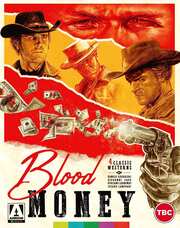




















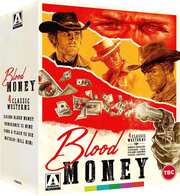






























































































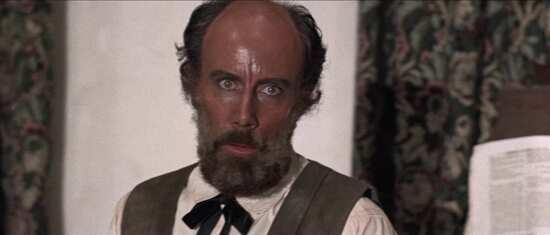
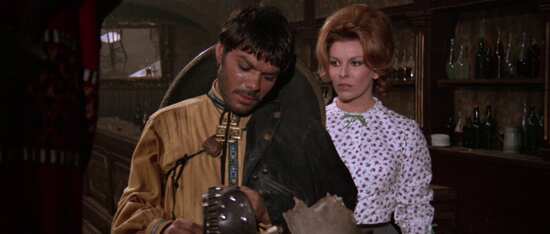
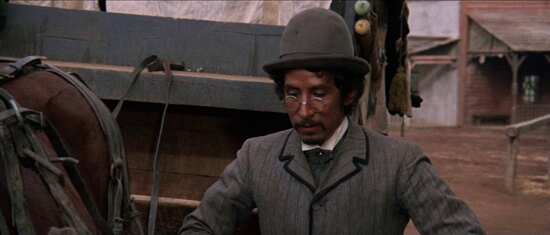
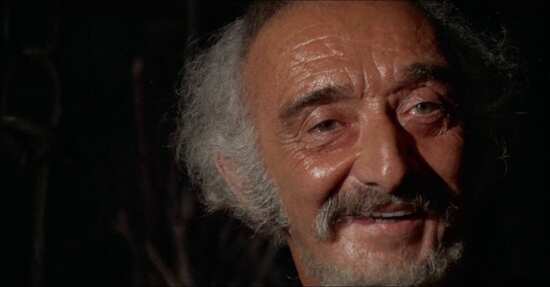
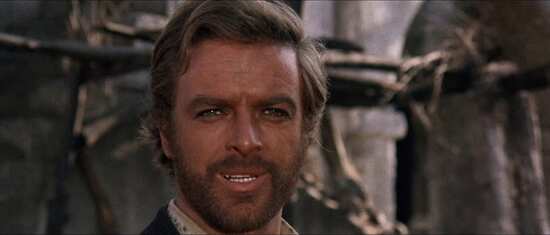

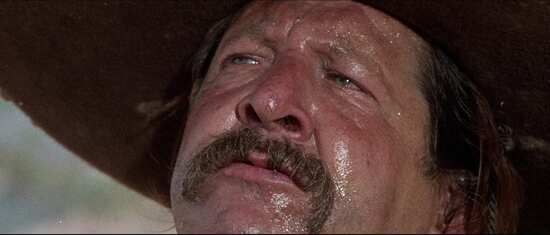
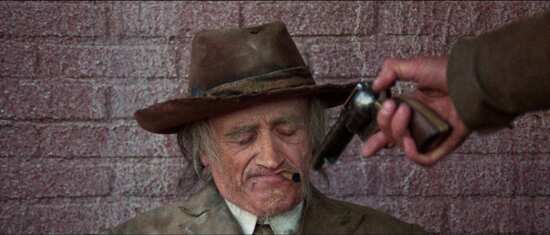
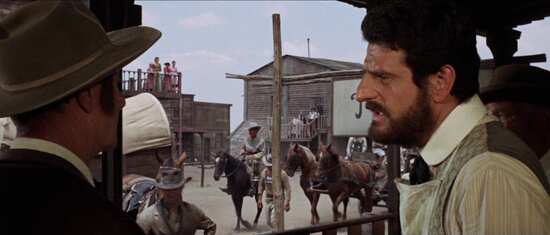
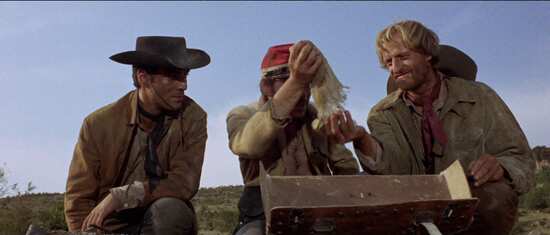
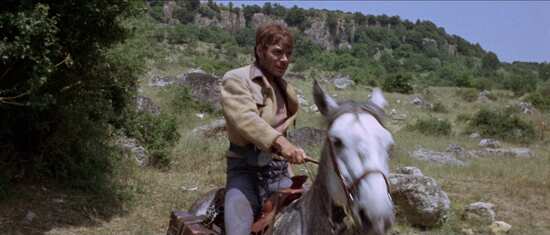

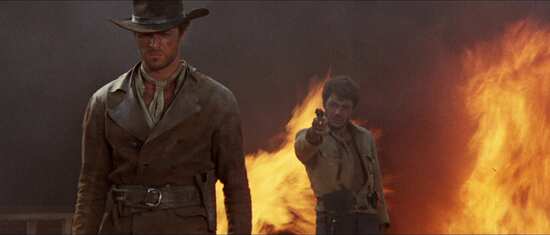

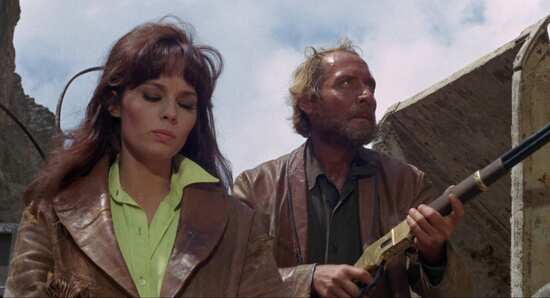
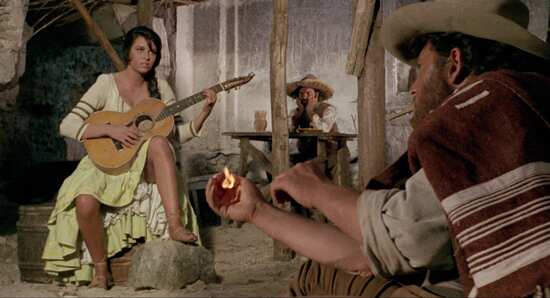
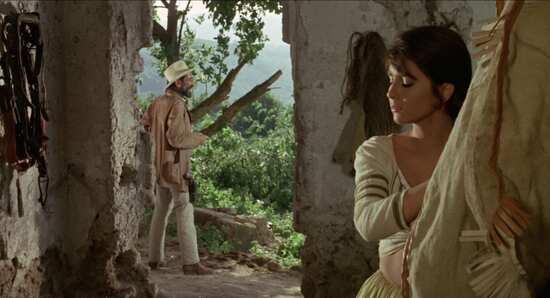
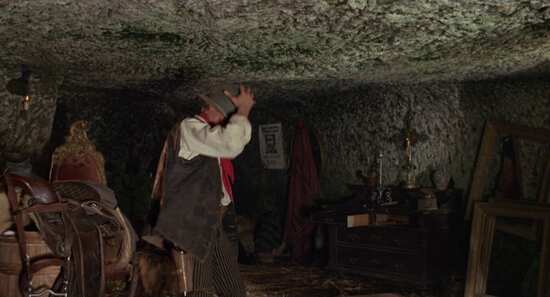
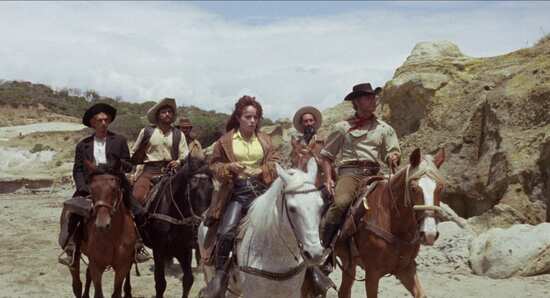

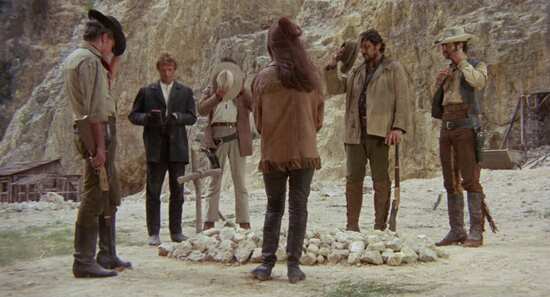
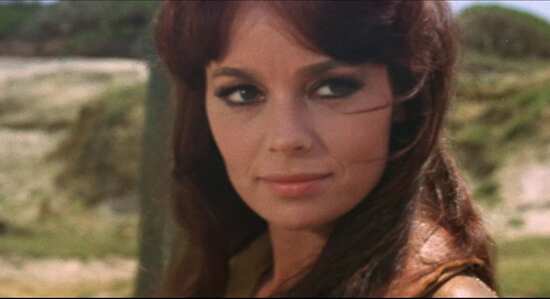
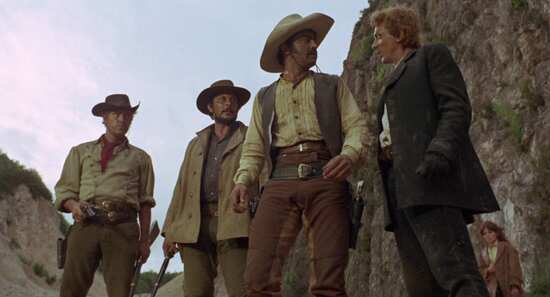
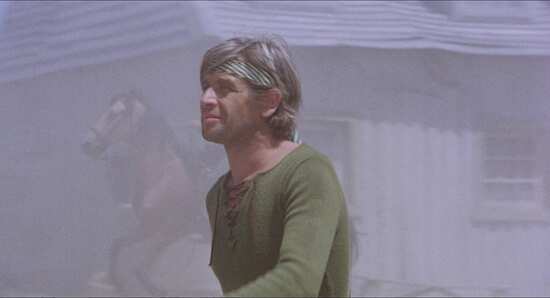
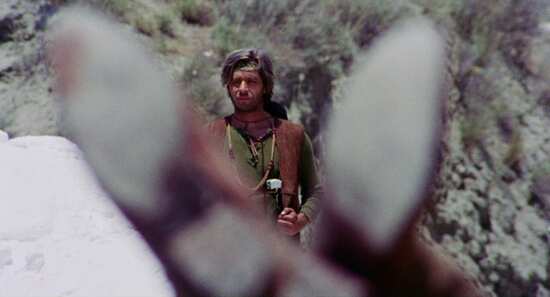

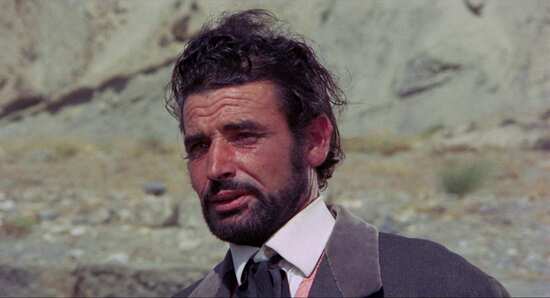

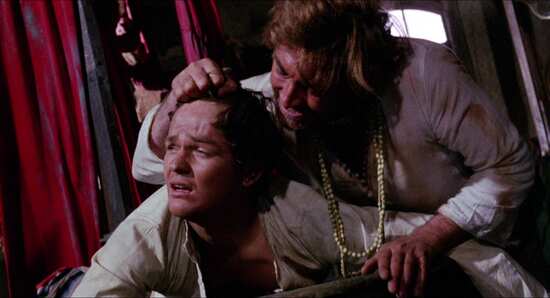
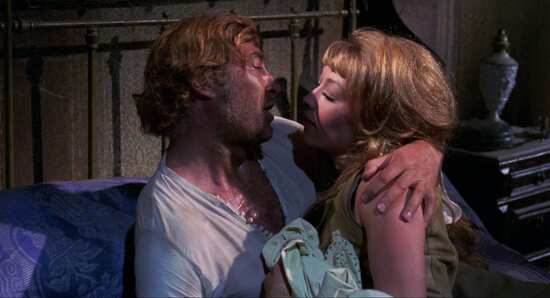
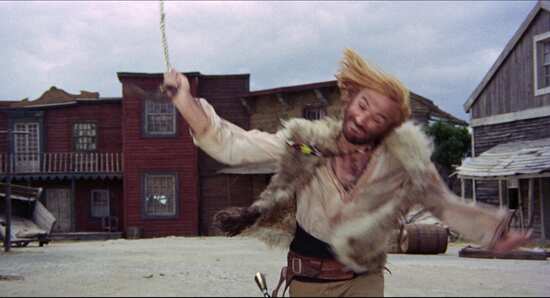
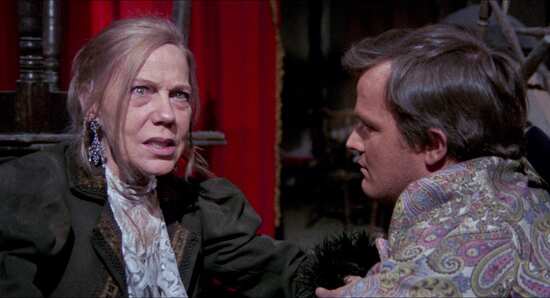
Your Opinions and Comments
Be the first to post a comment!